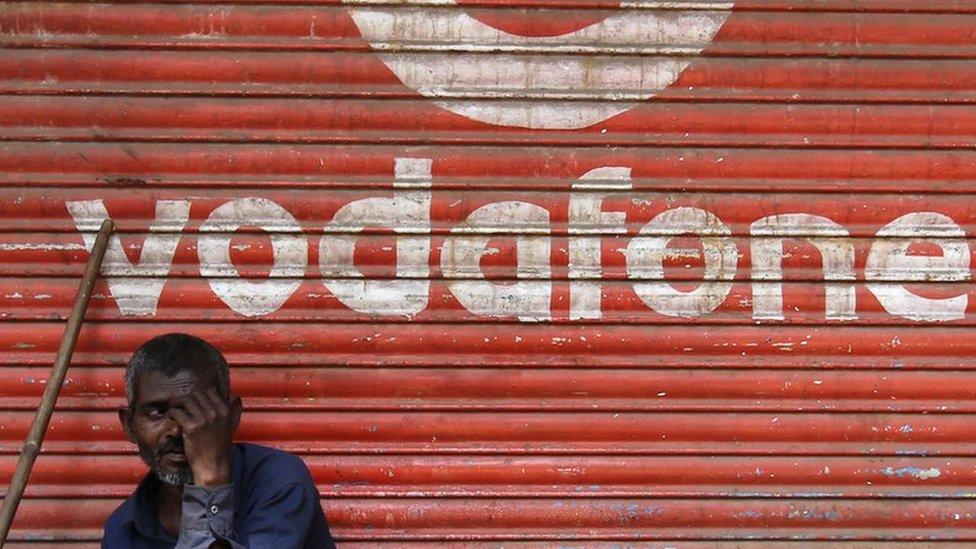Has Vodafone given up on the Indian market?
- Published
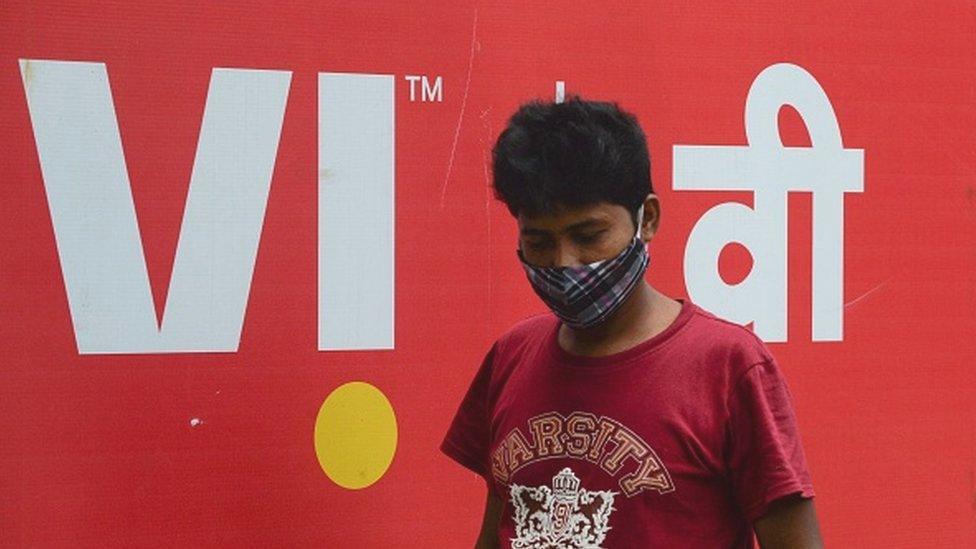
Vodafone Idea has been bleeding both cash and consumers for years
On the face of it the world's second biggest telecoms market appears to be a roaring success.
India has 1.18 billion phone subscribers, second only to China. With an eye-popping 765 million broadband subscribers, it is one of the largest guzzlers of data in the world. Fuelled by cheap prices and wide availability, growth has been explosive.
Yet, these numbers don't tell the story of the turmoil within. This week, Vodafone Idea, one of the oldest and third-largest players in the market, approved a state bailout to stave off an imminent collapse.
The government is now likely to pick up a third - nearly 36% of the stake in the ailing operator, leaving the rest to its joint venture partners, British-owned Vodafone Group (28.5%) and India's Aditya Birla conglomerate (17.8%).
Vodafone Idea has been bleeding both cash (it hasn't made a profit in five years) and customers (253 million after losing 10% of its base last year) for years now. Last year, the company's chairman Kumar Mangalam Birla said the operator would shut shop if they were not granted relief from courts.
"Giving up the majority stake was a clearly an option of last resort. It was also about giving up on the Indian market," said Jayanth Kolla, a partner at consultancy firm Convergence Catalyst.
Three private operators - Vodafone Idea, Reliance Jio and Airtel - together hold about 90% of India's cellular market. The rest is largely held by the state-run Bharat Sanchar Nigam Limited, a smaller player in the retail mobile market but with a large countrywide footprint.
"If Vodafone Idea was a bank or a financial institution, it would have been labelled too big to fail by now. But the thing is the company is indeed too big to fail," notes economist, Vivek Kaul.
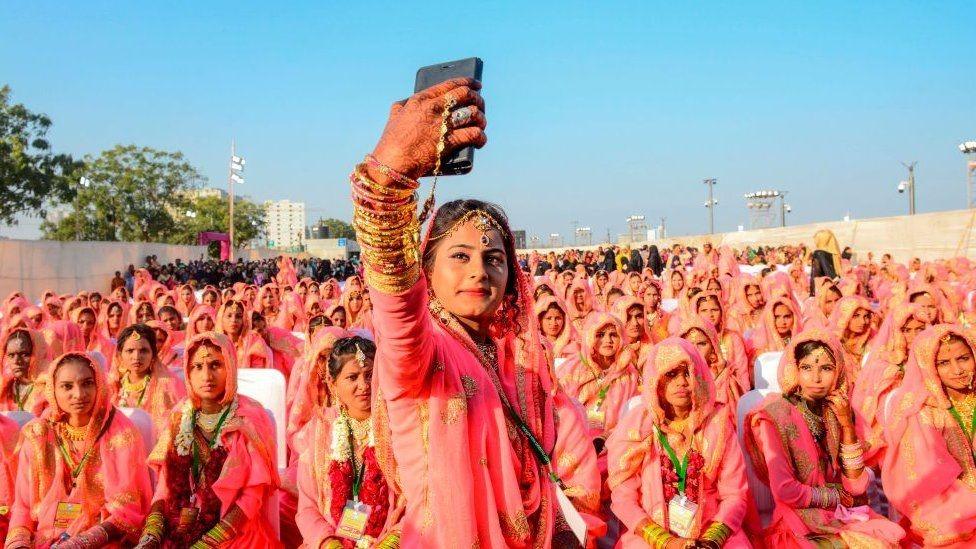
India is one of the world's largest telecoms markets
The collapse of Vodafone Idea could have easily made things much worse. India's struggling banks would have been buried under a fresh storm of bad loans. More importantly, telecoms in India would become a duopoly or one where two suppliers dominate the market.
"In a country with over a billion subscribers, four operators are ideal. [By picking up a stake] the government has provided a relief package to maintain the industry structure. Further, this also sends a positive signal to foreign investors," Ankit Jain, assistant vice-president at ICRA, an investment and credit rating agency, said.
India's telecoms industry has been riding a storm since 2017, when Asia's richest man Mukesh Ambani's Reliance Jio entered the market and launched a bruising price war by slashing tariffs and remaking a voice market into a data one.
The unending price war and the overhang of dues owed by operators to the government - outstanding spectrum payments and a certain proportion of revenues earned by telecoms companies that are shared with the government - shrunk profits. "With profits going down due to lower prices and the high debt, things went downhill," Mr Jain said.
Last September, the government offered cash-strapped operators a four-year moratorium on the dues to help them save enough cash to pay back dues, expand network and buy spectrum. In November, the operators hiked tariffs by 20% across the 10-odd mobile plans they offer, somewhat easing the price war. Now the ball is back in the court of operators to show results.
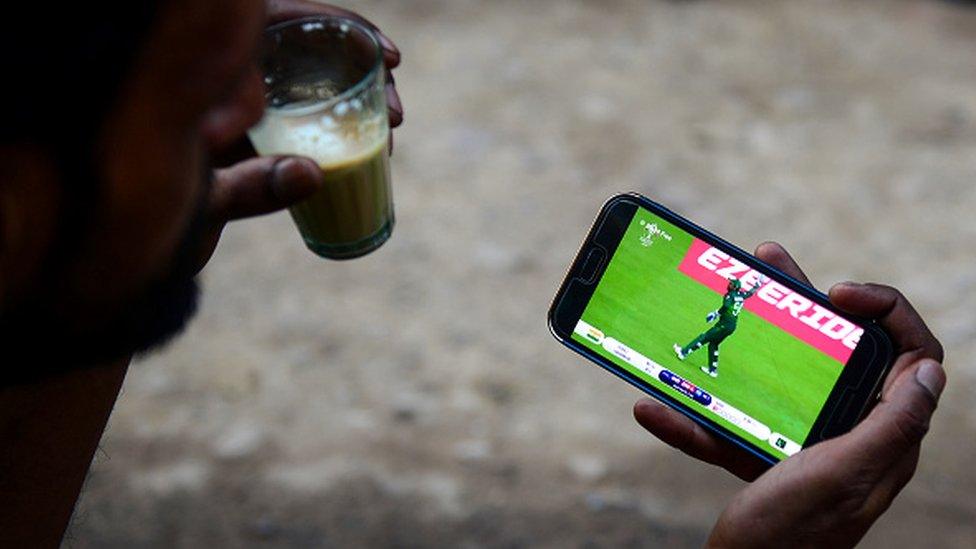
Indians are one among the largest guzzlers of data in the world
Investors don't appear to be enthusiastic about the government's move - Vodafone Idea shares plunged nearly 21% after the announcement, the most in nearly a year. They believe it flies in the face of the government's policy to disinvest in loss-making industries - in October, the government sold the loss-making national carrier Air India to the Tata group, the country's largest conglomerate.
Some analysts wonder what the government will be doing with another telecom company, when it already runs one which makes losses. Others believe the Vodafone bailout will help the government bolster its telecom portfolio and assets, which it can leverage to sell to an investor later.
In many ways, the Vodafone story tells you a few things about the Indian market. The days of dirt-cheap data may be over as tariffs rise, but the country remains a price sensitive market. A new player with ambitions of a pan-India presence will need deep pockets and ample shareholder support to undercut existing prices.
Remember India had 15 operators a little over a decade ago. Today it has mainly four.

Tapping into India's digital payments revolution

Related topics
- Published9 October 2021
- Published8 October 2021
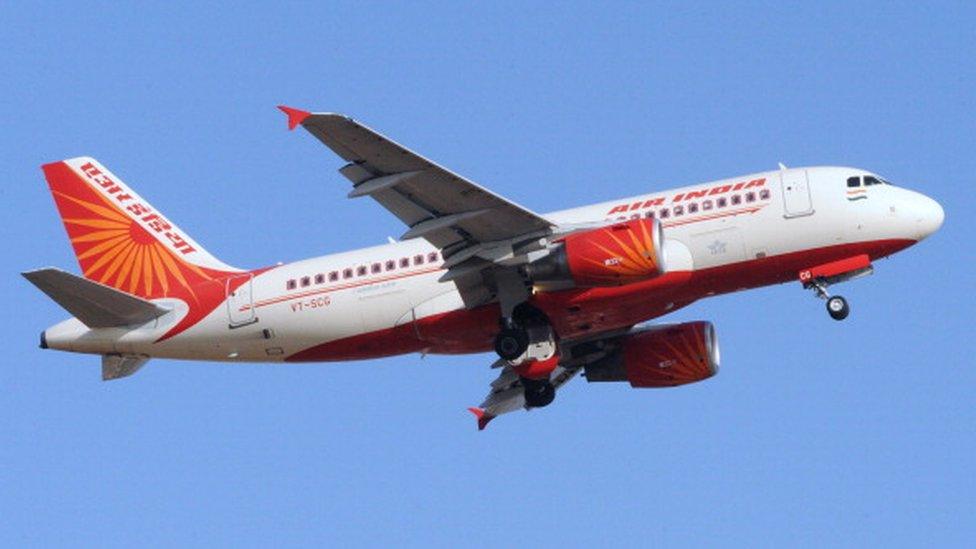
- Published15 February 2020
